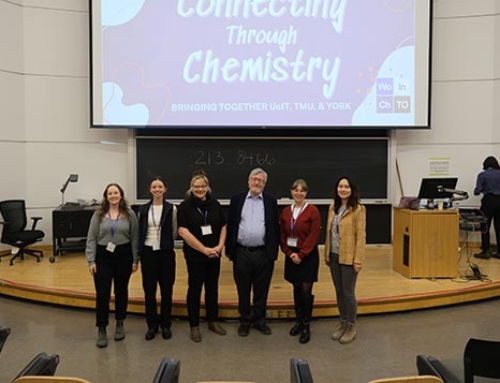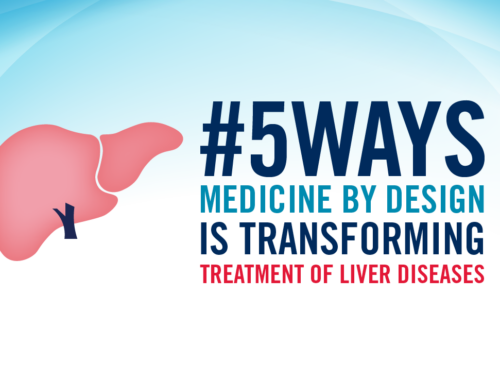
John Dick, a senior scientist at Princess Margaret Cancer Centre at University Health Network and a professor in the Department of Molecular Genetics, is part of a research team that has revealed how stem cells are able to generate new blood cells throughout our life . (Photo provided by University Health Network)
Through research partially funded by Medicine by Design, Princess Margaret Cancer Centre scientists have revealed how stem cells are able to generate new blood cells throughout our life by looking at vast, uncharted regions of our genetic material that hold important clues to subtle biological changes in these cells.
The finding, obtained from studying normal blood, can be used to enhance methods for stem cell transplantation, and may also shed light into processes that occur in cancer cells that allow them to survive chemotherapy and relapse into cancer growth many years after treatment.
Using state-of-the-art sequencing technology to perform genome-wide profiling of the epigenetic landscape of human stem cells, the research revealed important information about how genes are regulated through the three-dimensional folding of chromatin.
Chromatin is composed of DNA and proteins, the latter which package DNA into compact structures, and is found in the nucleus of cells. Changes in chromatin structure are linked to DNA replication, repair and gene expression (turning genes on or off).
The research by Princess Margaret Cancer Centre Senior Scientists Mathieu Lupien and John Dick is published in Cell Stem Cell, Nov. 25.
“We don’t have a comprehensive view of what makes a stem cell function in a specific way or what makes it tick,” says Dr. Dick, who is also a Professor in the Department of Molecular Genetics, University of Toronto.
Read the full story on the University Health Network website.






